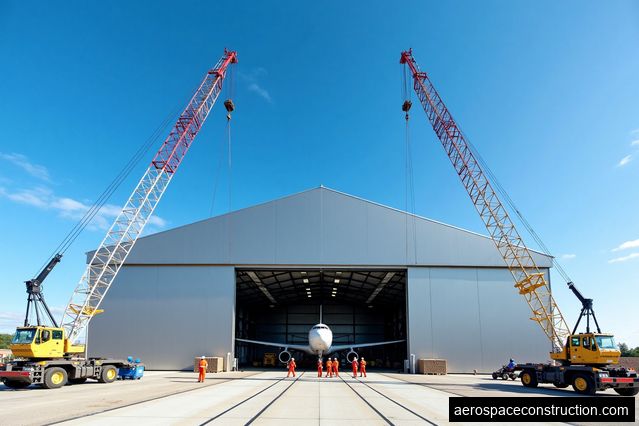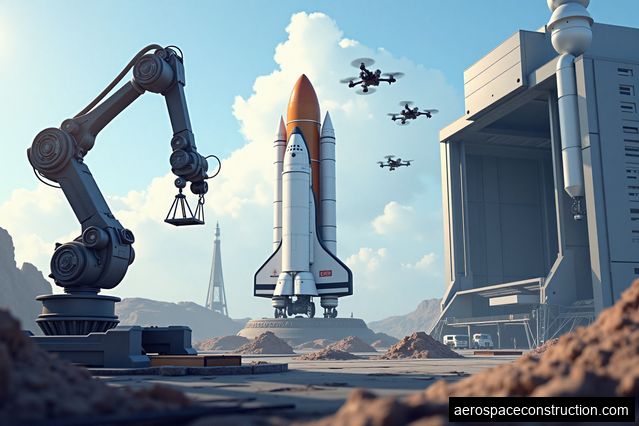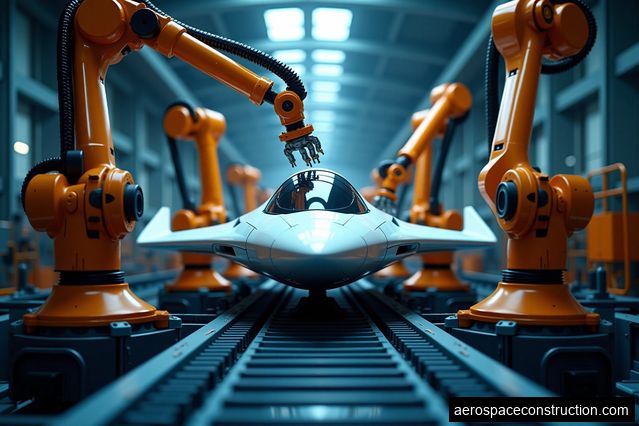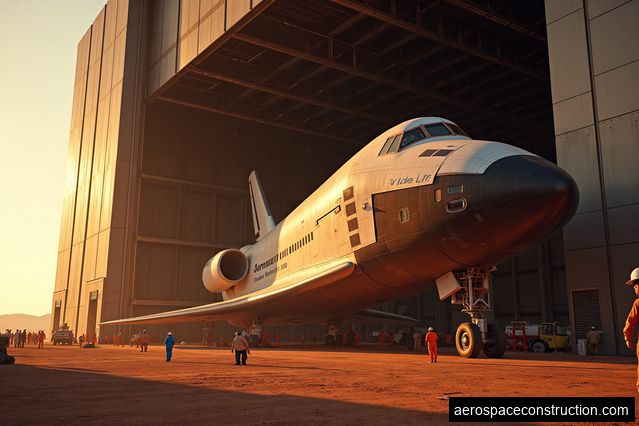Enhancing Efficiency and Safety
In the field of aerospace infrastructure construction, the integration of robotics has brought about significant advancements in efficiency and safety. Robots are equipped with advanced sensors and programming that enable them to perform complex tasks with precision and accuracy. By utilizing robots for tasks such as welding, drilling, and painting, construction processes can be completed faster and with greater consistency.
Improved Precision and Accuracy
One of the key advantages of robotics in aerospace construction is the improved precision and accuracy they offer. Robots can be programmed to perform tasks with high levels of precision, ensuring that critical components are assembled correctly and to exact specifications. This eliminates human error and reduces the risk of defects or malfunctions in the infrastructure.
Streamlining Complex Processes
Aerospace infrastructure construction involves complex processes that require meticulous planning and execution. Robotics plays a vital role in streamlining these processes, making them more efficient and cost-effective. With the use of robots, tasks that were previously time-consuming and labor-intensive can now be automated, saving both time and resources.
Automation of Repetitive Tasks
Robotic systems excel in performing repetitive tasks with consistent precision. In aerospace construction, there are numerous repetitive tasks such as drilling holes, installing fasteners, and applying sealants. By automating these tasks, robots free up human workers to focus on more complex and strategic aspects of the construction process.
Ensuring Safety and Risk Mitigation
Safety is of paramount importance in aerospace infrastructure construction. The use of robots helps mitigate risks associated with hazardous tasks by replacing human workers in dangerous environments. Robots can be deployed in situations where there is a risk of exposure to toxic substances, extreme temperatures, or high altitudes, ensuring the safety of workers and minimizing the potential for accidents.
Remote Operation and Monitoring
Another advantage of robotics in aerospace construction is the ability to operate and monitor robots remotely. This allows construction companies to deploy robots in remote or inaccessible areas without endangering human lives. Remote operation and monitoring also enable real-time feedback and adjustments, enhancing efficiency and reducing the need for on-site supervision.








